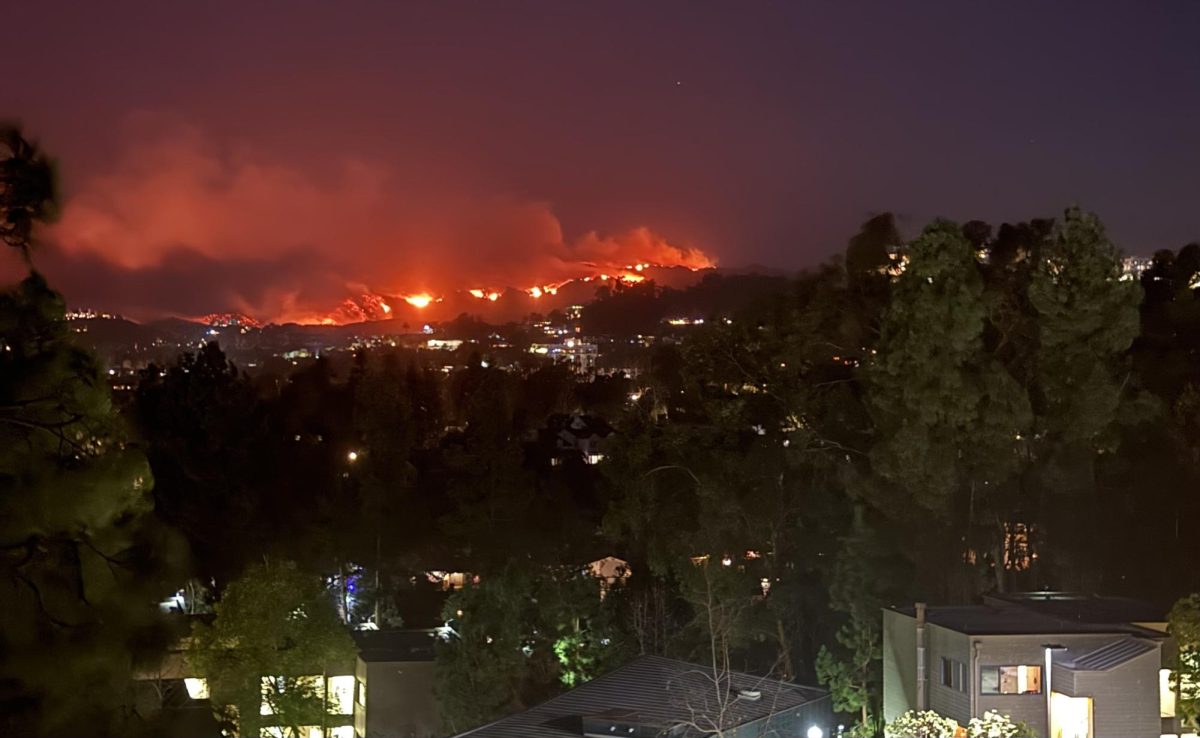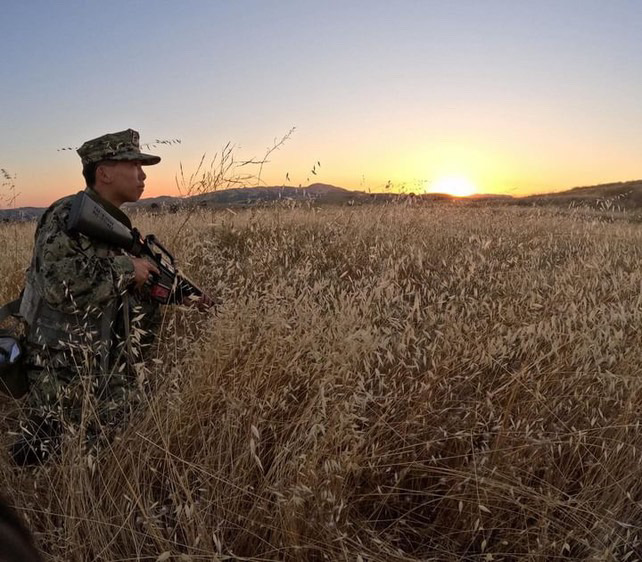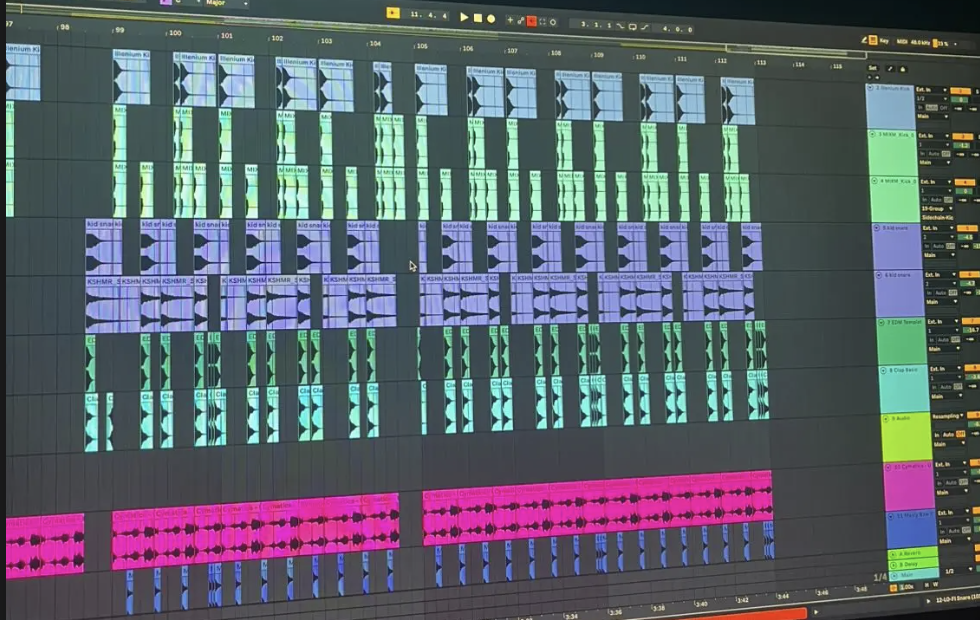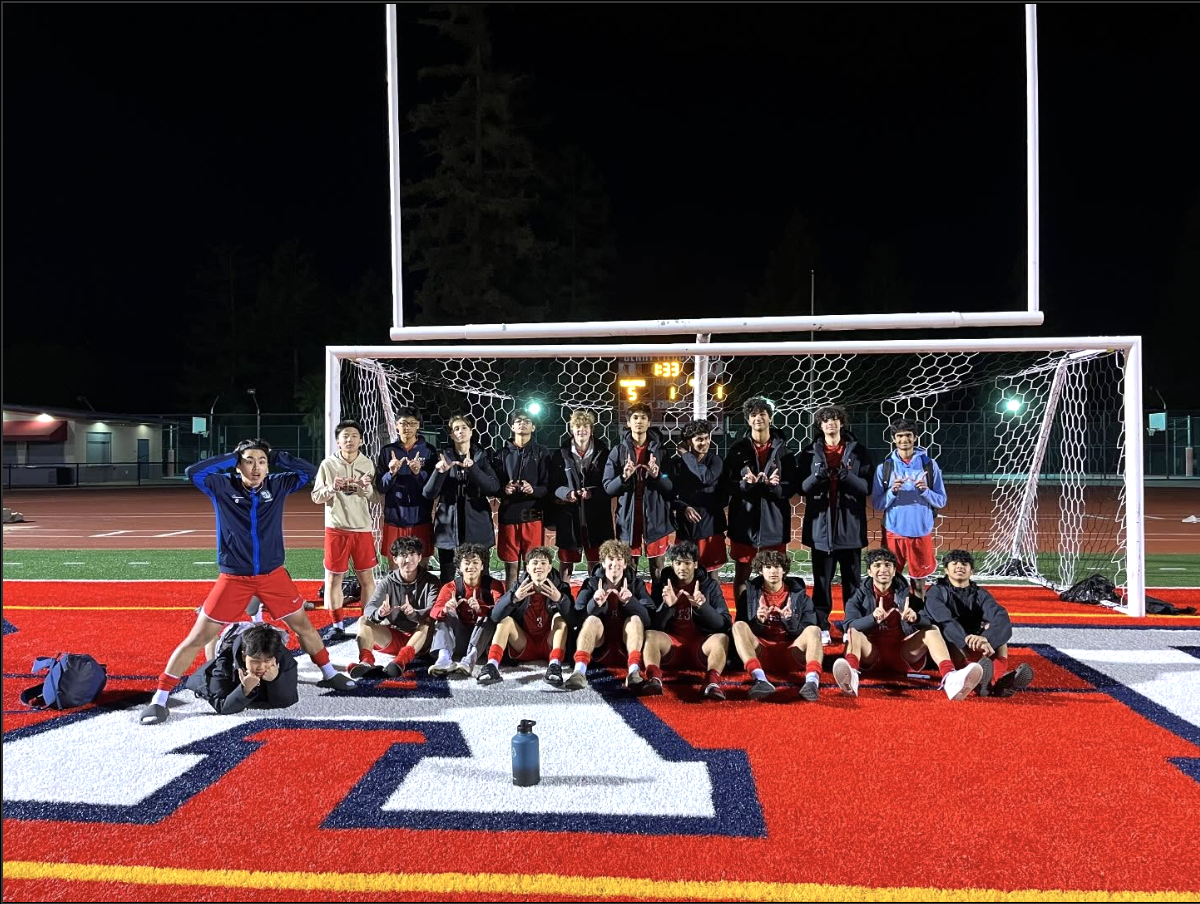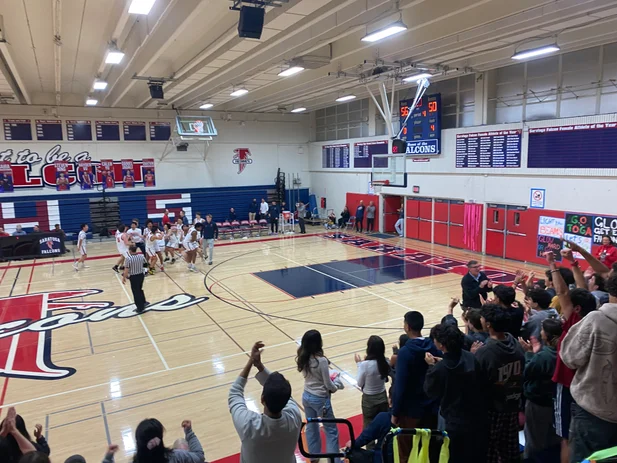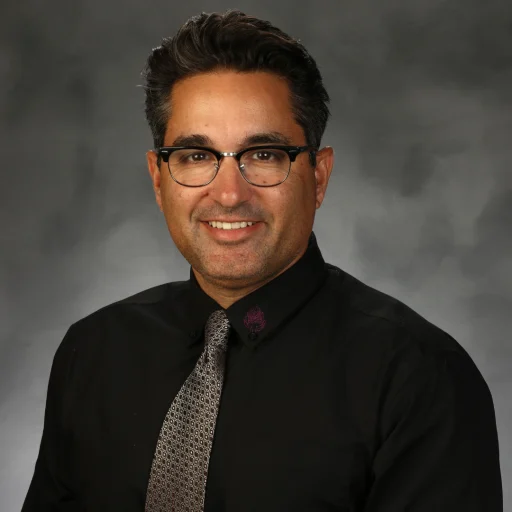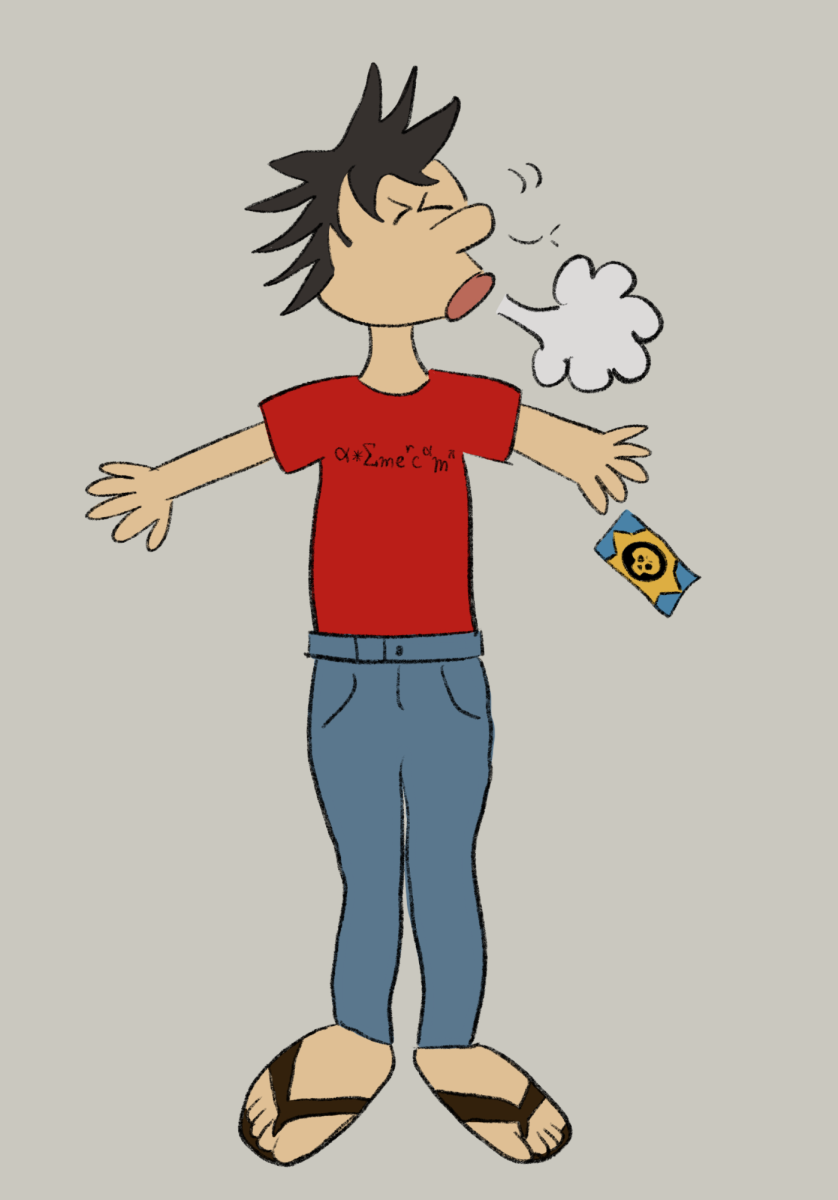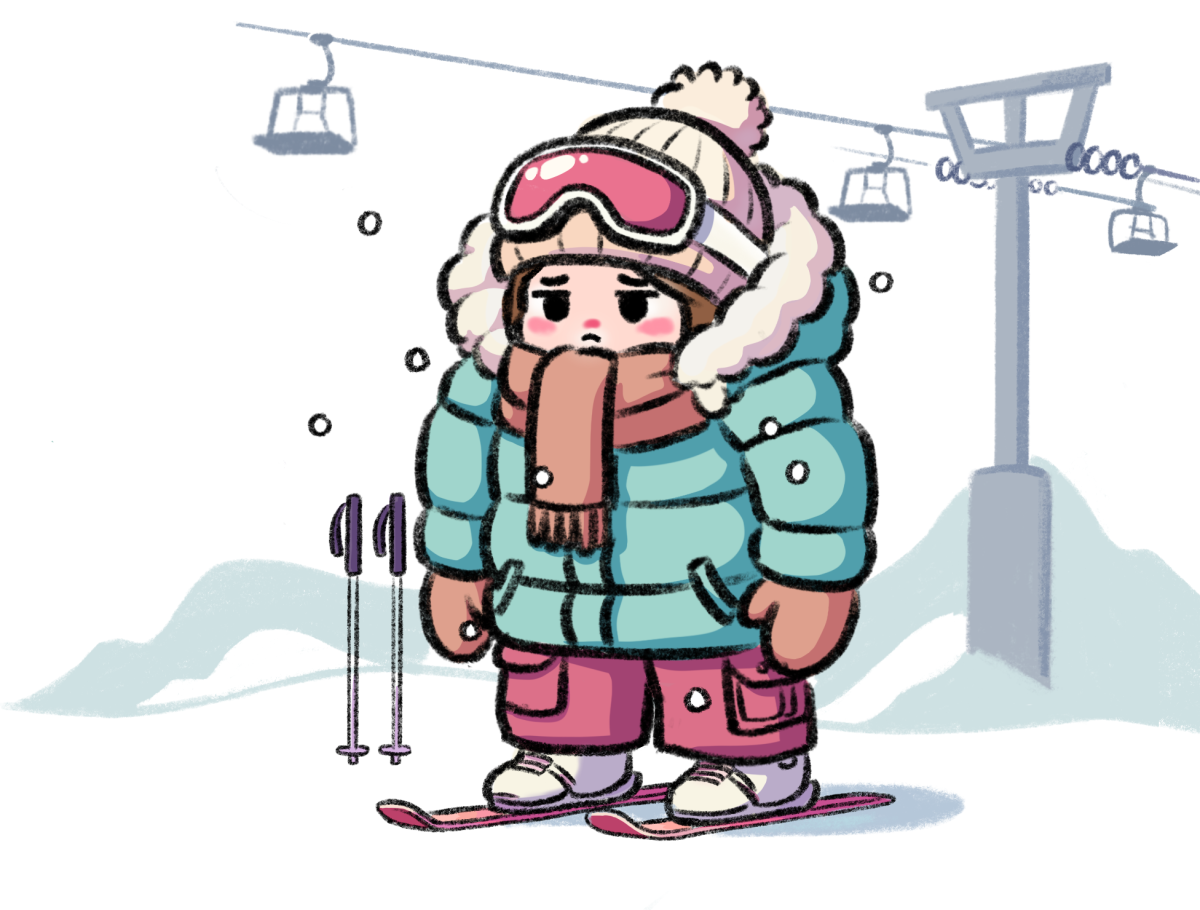It’s tutorial on Monday morning. Barely alert masses of people are gathered in hallways and classrooms. Everything seems perfectly normal. Suddenly, however, a powerful earthquake strikes. One student darts into the nearest classroom. Another takes cover in a doorway. A third sprints to the quad. In all the chaos, what would you do?
With the recent disaster in Japan, Californians are now asking how prepared they would be in a similar situation. Though the school has a safety plan for such circumstances, not a single earthquake drill has been held this year, and few students actually know what to do if an earthquake were to occur during tutorial or lunch. Such large holes in a exceptionally important plan are dangerous and must be remedied as soon as possible.
Fortunately, the school has plans to improve the current safety procedures, according to assistant principal Kevin Mount. After a basic duck-and-cover drill this spring, the district will evaluate the situation and plan for a larger simulation next fall. This could potentially include having obstructed hallways, students role-playing as the injured, a hypothetical chlorine leak at the pool and communication with the police and fire departments.
Such a simulation is exactly what the school needs. Not only would staff get to rehearse emergency plans, but students would have the opportunity to learn what to do in a real emergency.
In addition to helping students and staff deal with hypothetical situations, earthquake drills and all safety drills, for that matter, make participants feel more prepared and less likely to panic if an actual earthquake were to happen. Drills can also point out flaws in plans, possibly making an actual earthquake less disastrous.
These precautions should be the district’s No. 1 priority. Protection of students’ lives and the ability to feel safe at school are crucial to one’s education and health. A relatively minor disruption to classes is insignificant in the long term, especially if it can save the lives of students and staff.
In the end, though, the school can only have so many drills, and they can only be so effective. Yet despite the thousands of lives lost in the Japan earthquake, there is no doubt that their preparedness for such an event saved that country from an even more tragic disaster, and Californians should make the same efforts to be just as vigilant. Through rehearsal of emergency policies, staff and students will have a better idea of what to do in a catastrophic situation.
DURING AN EARTHQUAKE:
If inside, DROP, COVER, and HOLD:
§ Drop to the ground
§ Cover by getting under a sturdy table or piece of furniture
§ Hold on until the shaking stops
o After shaking stops and when instructed, evacuate to designated areas:
§ Football field
§ Soccer field
§ Softball field
§ North parking lot on the far side of the McAfee
If outside:
o Move to closest designated evacuation areas:
§ Football field
§ Soccer field
§ Softball field
§ North parking lot on the far side of the McAfee
If on a sidewalk near buildings, duck into a doorway to protect yourself from falling bricks, glass, plaster, or other debris

